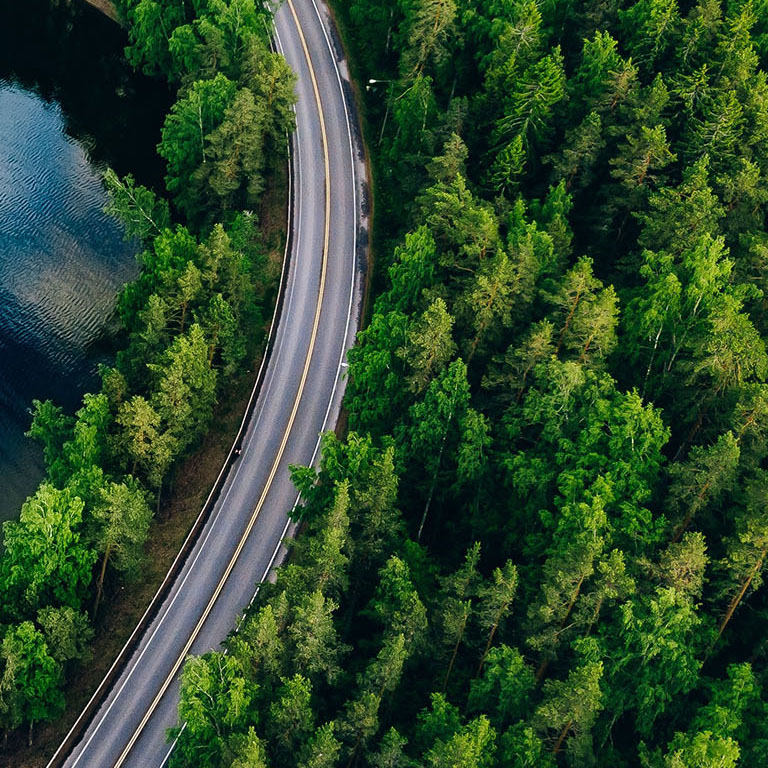Scientists at Stanford University have discovered that older mice develop far fewer and less aggressive lung tumours than younger ones, challenging the long-held belief that cancer risk rises with age.

A new study led by Stanford…

Scientists at Stanford University have discovered that older mice develop far fewer and less aggressive lung tumours than younger ones, challenging the long-held belief that cancer risk rises with age.

A new study led by Stanford…

Last Updated:
Pakistan organise…

Cristiano Ronaldo risks…

Ready to ditch your small screen and upgrade to a massive cinematic display? A great projector can transform your living room into a true home theater, offering stunning visuals for movies, sports, and gaming without the footprint of a huge TV.
…

New Delhi, India – Indian Prime Minister Narendra Modi’s cabinet late Wednesday described the car explosion which jolted New Delhi earlier in the week as a “heinous terror incident, perpetrated by antinational forces”.
The Indian…

The mining industry sits at the heart of the global economy and is a foundational component of the energy transition, supplying the critical minerals needed for electronics, electric vehicles, and renewable energy systems. For North American miners, embedding resilience into every stage of their decades-long lifecycle is necessary to lead this global charge.
In today’s challenging environment, blind spots are costly. Unplanned disruptions – whether stemming from climate-related events, equipment failures, cyberattacks, geopolitical shocks, or people risks – can halt production, undermine stakeholder confidence, and drive financial losses. Resilience is no longer merely a defensive stance; it is now a source of advantage.
The mining industry is uniquely vulnerable to the consequences of climate change due to its reliance on the natural environment and the long operational lifecycle of its projects. Risk managers and executive leaders must consider impacts extending decades into the future.
According to the 2025 Global Risks Report, extreme weather is identified as the second highest risk most likely to present a material crisis globally in 2025 and is the primary long-term risk over the next decade. As the planet warms, extreme weather events are likely to become more frequent and severe.
While climate risk focuses specifically on the consequences of adverse weather, rising temperatures, and the transition challenges related to decarbonisation, mining companies must also address broader sustainability and governance risks. These encompass environmental concerns like pollution, water scarcity, and biodiversity loss, alongside the social and regulatory implications of these challenges.

The Pakistan Cricket Board (PCB) has turned down an invitation from the Bangladesh Cricket Board (BCB) to take part in a triangular T20 series in December with Sri Lanka.
A PCB official informed that BCB wanted to host a tri-series with Pakistan…

TINE: It took 16-year-old Mounir Abderahmane 11 days to reach the Tine refugee transit camp in Chad, crossing arid plains after fleeing the bloodshed in the Sudanese city of El-Fasher.
When the Rapid Support Forces…

Global markets have fallen after a tech sell-off that fuelled Wall Street’s worst day in a month and weak economic data in China showing an unprecedented slump in investment.
Japan’s tech-heavy Nikkei fell 1.8% on Friday, South Korea’s Kospi plunged 2.6% and there was a 1.5% fall in Australia, after a torrid day on Wall Street as Nvidia and other tech companies tumbled over valuation concerns.
Nvidia, the $4.5tn (£3.4tn) tech company, led a wider sector decline, falling 3.6% as investors reassessed the value of companies involved in the AI sector after Japan’s SoftBank sold its entire stake in the company.
SoftBank and SK Hynix, a Chinese chipmaker for mobiles and computers, fell more than 6%, Samsung Electronics dropped 4% and Taiwan Semiconductor Manufacturing Company dropped 1.8%.
Global markets also reacted to fears of a slowdown in the Chinese economy after data showed that activity cooled more than expected at the start of the final quarter of the year.
Figures showed that fixed-asset investment shrank 1.7% in the first 10 months, a record decline, according to the National Bureau of Statistics.
China’s CSI 300 fell 0.7%, while Hong Kong’s Hang Seng dropped 0.9% and Taiwan’s Taiex slumped by 1.4%.
US markets were also jittery over the impact on the economy of the world’s largest market over the longest federal government shutdown in history.
The shutdown has forced the government to put the release of data on inflation and jobs on hold.
A growing number of officials have also signalled caution over the prospects of a US rate cut next month.
after newsletter promotion
Jim Reid, an analyst at Deutsche Bank, said: “It’s certainly been a volatile week in terms of sentiment, with relief over the end of the shutdown vying with concerns over AI valuations and whether the Fed will cut rates again after several speakers have struck a more cautious tone this week.
“The S&P 500 posted its worst day in over a month with a December cut probability falling sharply from about 59% at Wednesday’s close to 49% last night.”
Kyle Rodda, a senior financial market analyst at Capital.com, said: “The weakness in Asian markets wasn’t quite as profound as what was experienced on Wall Street. It stands to reason. There’s more air in US valuations and the locus of the sell-off is a combination of dialled back Fed rate cut expectations and a loss of momentum behind the AI trade amid fears of inadequate return on investment.
“But there was still a high degree of sluggishness in Asian risk assets, notwithstanding a brief pop in Chinese stocks after underwhelming data, including extraordinarily weak investment figures, raised hopes of more stimulus from Chinese authorities.”